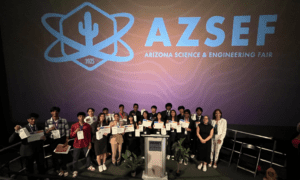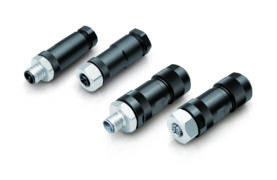In the electronics and semiconductor industry, the trend over many decades has been to miniaturise components to satisfy the ever-increasing demand for wearable and mobile devices that have far more processing power than many desktop computers.
In the 21st century, miniaturisation enables a myriad of tiny yet functionality-packed integrated circuits (ICs) to be inserted on to a single PCB. However, one of the issues of working in these miniscule sizes has been the difficulty of research and development professionals checking prior to mass production whether on-board components meet the stringent quality requirements that ensure they will operate reliably and repetitively throughout the life of the device.
When working at such sizes, it’s possible for crucial defects to be invisible to R&D staff who carry out checks using traditional optical systems. Factors that could be missed include defects in the resist film or on a wafer’s edge, lack of uniformity in solder ball bonding used to connect flip chips, poor contacts in wire bonds and much more.
Clearly, the only way of looking so closely at such components to ensure they satisfy standards is through microscopy. However, when working with semiconductors it is important to obtain the most accurate measurements, to have access to pristine, fully detailed images, to be able to identify precisely what the problem is and to be able to communicate findings in an easily understandable format.
One significant issue for many R&D professionals working in this sector is that existing microscopes tend not to possess the depth of field required to generate the extremely clear image that they require. Also, microscopes will often need to be connected to a separate camera and to external software in order to process the images and communicate the results. In addition, R&D staff usually have to carry out preparation work before using several different microscopes – a 2D measurement microscope, a scanning electron microscope (SEM) and others. This preparation can be hugely time consuming and switching between microscopes can present logistical problems if the various microscopes are used by different teams in separate rooms.










